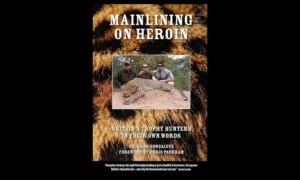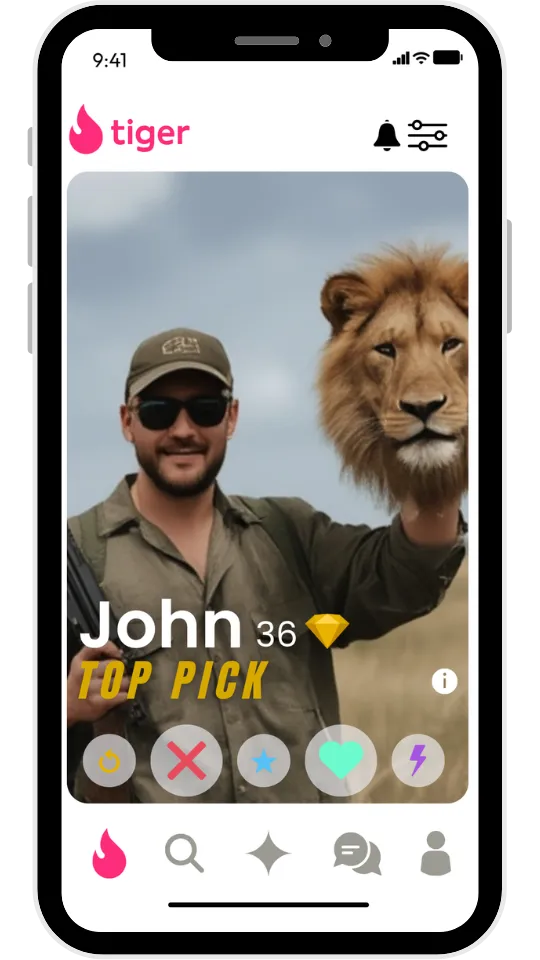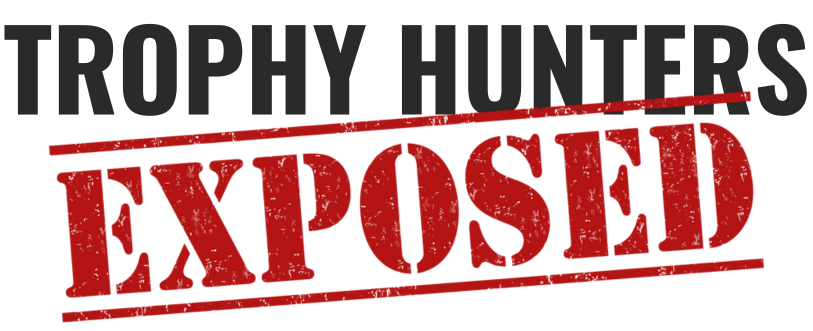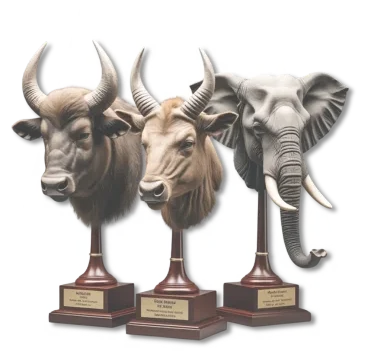In 1977, Safari Club International launched its Record Book. The Book names the hunters who have shot the world’s largest animals. Measurement methods and minimum sizes are stipulated, and are enforced by Official Measurers.
One name that dominates the top of this disturbing list is Steven Chancellor – a top Donald Trump fundraiser. He once held the world record for the largest lion ever shot for sport, measuring 168/16 inches long and 1014/16 inches wide, giving it a total score of 276/16. [1] He also holds the record for the largest leopard ever shot, using the same measurement method.
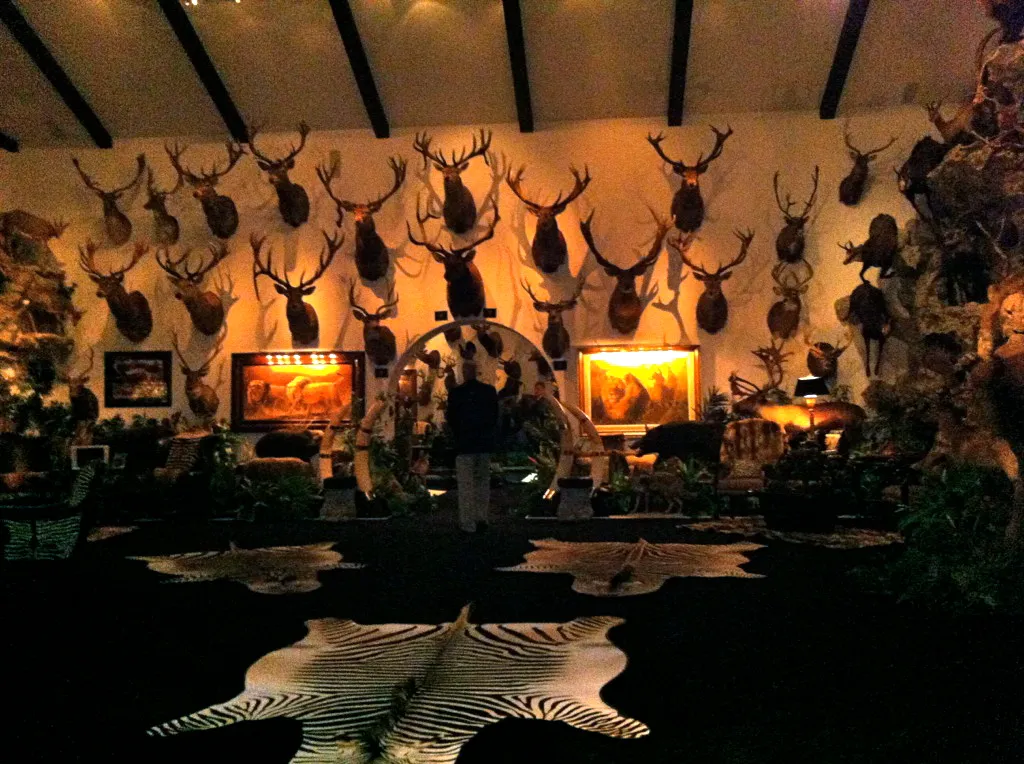
As of May 2025, there were over 200,000 Record Book animals spanning 919 species and sub-species. Despite the vulnerability of their populations, the figure includes 2,069 African leopards, 1,554 Lions, 877 African elephants, 685 Wolves, 633 Black and White rhinoceroses, 260 Polar bears, and 111 Cheetahs.
Records are maintained of species hunters are no longer allowed to shoot, such as tigers – presumably in the hope it may be legal to do so again in the future.
The Record Book is arguably helping drive many species toward extinction. By actively encouraging hunters to shoot the biggest and ‘best’ animals for trophies, the genes of those animals – needed for it to adapt and survive – are being lost forever. Scientists have recently discovered the gene pool of lions had shrunk by 15% over the past century. [2]
The system to measure lion trophies is known as ‘Method 15’. A lion trophy must have a minimum score of 23 to be eligible for entry. This means that the combined length and width of a lion’s skull must come to at least 23 inches.
Elephant trophies are scored according to the weight of their tusks. Until the late 1990s, the minimum score was 100 – in other words, a combined weight of 100 pounds for the animal’s tusks. [3] The diminishing size in elephant tusks due to hunting and poaching has forced SCI to lower the bar to 90 lb. [4]
References:
[1] SCI Record Book of Trophy Animals – edition IX, Volume 1, Africa Field Edition, 1997. Safari Club International
[2] “Killing Game: The Extinction Industry”, Eduardo Gonçalves – Green Future Books, 2000 https://www.amazon.co.uk/KILLING-GAME-Extinction-Eduardo-Gon%C3%A7alves-ebook/dp/B08BKXD6Z6/
[3] Ibid.
[4] SCI Online Record Book https://www.scirecordbook.org/

